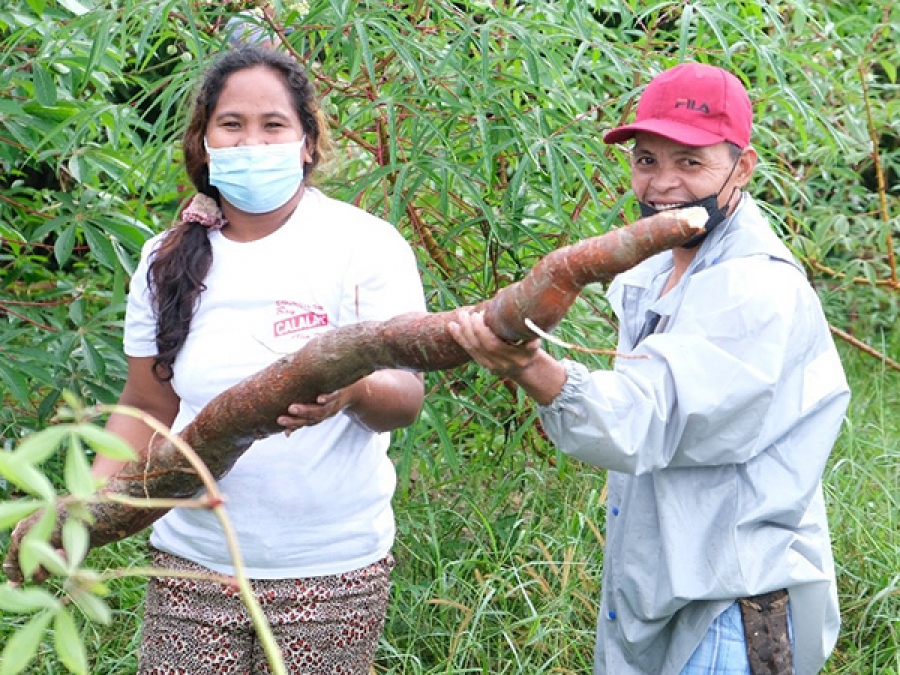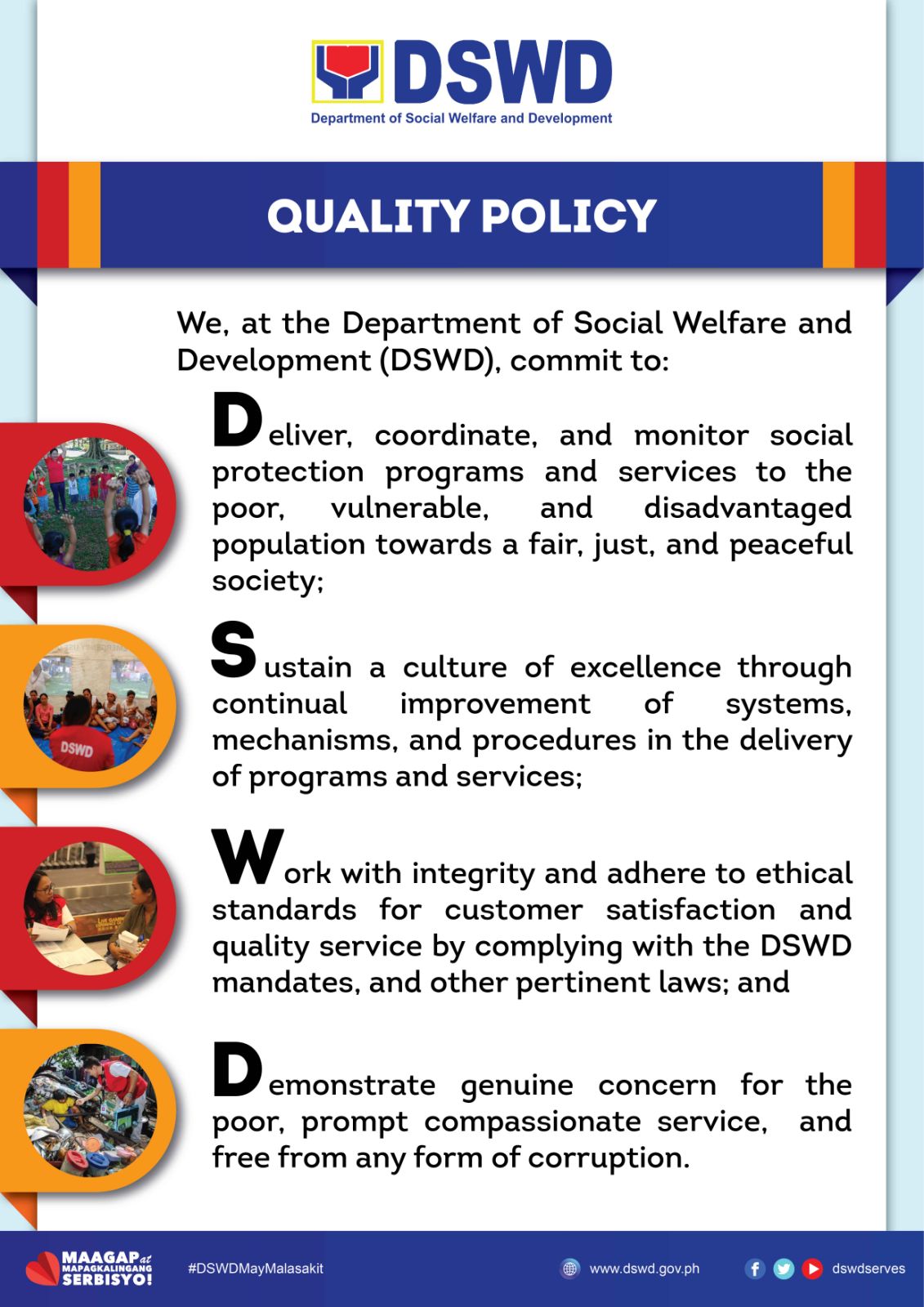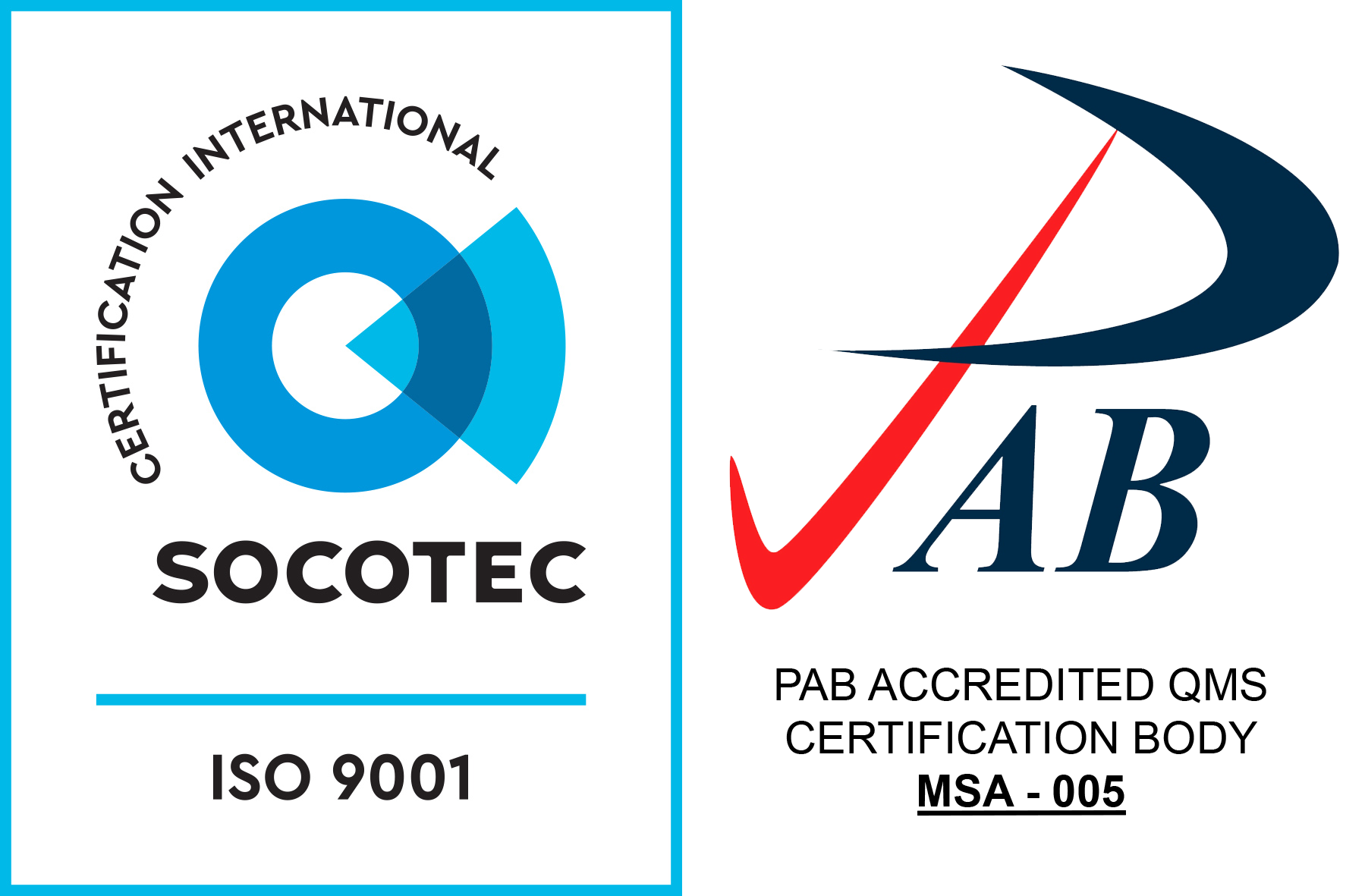Delicia Sabeniano, 31, a resident of Barangay Wagdas recalled her experience during the pandemic: “Hirap sa buhay tapos kulang sa pagkain kasi walang mapasukan na trabaho kasi hindi po makalabas ng bahay" (It’s difficult to live with inadequate food to eat because we cannot work since we cannot go out of our houses due to restrictions).
Since the province of Catanduanes is also prone to weather disturbances, the livelihood of fisherfolks is greatly affected.
Victor Alfon, 48, community volunteer of Barangay San Andres, cited that they cannot catch fish because of strong waves during the rainy season.
Seeing disasters as a major concern in the livelihood and employment of many, 11 barangays identified the cash-for-work for the establishment of cassava plantation as an alternative livelihood.
The cash-for-work sub-project with a total project cost of PhP 3,397,328.00 has 1,344 beneficiaries. This sub-project was funded by the Department of Social Welfare and Development Kapit-Bisig Laban sa Kahirapan – Comprehensive and Integrated Delivery of Social Services (DSWD KALAHI-CIDSS).
DSWD KALAHI-CIDSS uses the Community-Driven Development (CDD), a globally recognized strategy wherein it empowers communities to plan, decide and implement projects based on their identified needs.
Establishing the cassava plantation
Before the implementation of the sub-project, the communities asked consent from private landowners to use their properties for cassava plantation for which they received a permit of three (3) years. With over 17 hectares of land, the sub-project started from November until December 2020.
To fully establish the plantation, the Local Government Unit, through the Municipal Agriculture Office provided technical supervision to the beneficiaries. The office also worked out in acquiring the cassava cuttings in Sorsogon that will be used for the plantation.
The cash-for-work program gave communities employment during the pandemic.
“Yung nakuha ko pong sahod sa cassava plantation, binili ko po ng pagkain sa pang-araw araw tapos kung ano pong pwedeng mga bayarin" (The salary I received from working in the cassava plantation was used to buy food and pay for my other expenses), Delicia explained.
The cash-for-work sub-project may be a temporary intervention, but the communities used it as a big leap to maintain the plantation as their source of livelihood.
According to Victor, Barangay San Andres decided to divide the earnings of their cassava produce equally - 50% for the maintenance, and 50% for the community members.
“Ang importante lahat ay makinabang" (What’s important is everyone will benefit from the plantation), he stated.
The cassava farmers see a fruitful harvest, but this does not prevent them from worrying.
Allen Isorena, Municipal Agriculturist opened that the beneficiaries are quite hesitant with the plantation as they are worried about who will buy their produce when the harvesting season approaches. To ease that apprehension, the LGU sought assistance from the Department of Agriculture on tying up with potential buyers.
The communities had acquired San Miguel Corporation as a possible buyer for their produce. The corporation will use the cassava roots as animal feed.
“Nabigyan sila ng sigla na matiyak na yung kanilang cassava produce ay macoconvert sa pera at mabibili ng San Miguel Corporation" /(They were filled with zest when they were assured that the cassava produce will be bought by the San Miguel Corporation and will be converted into cash), Allen noted.
Instiling sama-samang pagkilos”
Using the principles of the CDD which are participation, transparency, accountability and enhanced local capacity helped communities to form developmental changes.
For Victor, from the seminar or training he received, the principle of transparency held a significant part in their community.
“Kada mag-memeeting kami sinasabi ko sa kanila yung transparency ay para yung mga tao ay magtiwala. Kasi pag-nawala yung transparency, ito [organisasyon] ay manghihina" (Every time we conduct meetings, I usually say to my co-members that transparency is vital in order for people to give their trust. If transparency fades, the bond of the organization weakens), he imparted.
According to Mayor Honesto C. Tabligan II, Local Chief Executive of Pandan, the notion of the people is if it’s government support, it is dole out, they just receive after which they don’t have an obligation to give back.
“Dito nagbago yung utak nila na kung saan" (Here, their perception changed wherein) KALAHI-CIDSS is not only for infrastructure, not only for one-time bigtime or for dole out but they put some responsibility in our constituents,” Mayor Honesto explained.
The local chief executive also said that the biggest lesson imparted by the program is collective action.
“Sa community natin, mas madami palang mararating pagsama-sama, tulongtulong para sabay-sabay tayo lalakad at susulong para sa panibagong bukas" (In our community, there are many possibilities if we have the people who work together and help each other in order to walk and push forward for new tomorrow), Mayor Honesto encouraged.
With the Sama-Samang Pagkilos Nang May Malasakit or compassionate collective action of everyone, they were able to form a golden opportunity through partnership and collaboration.





